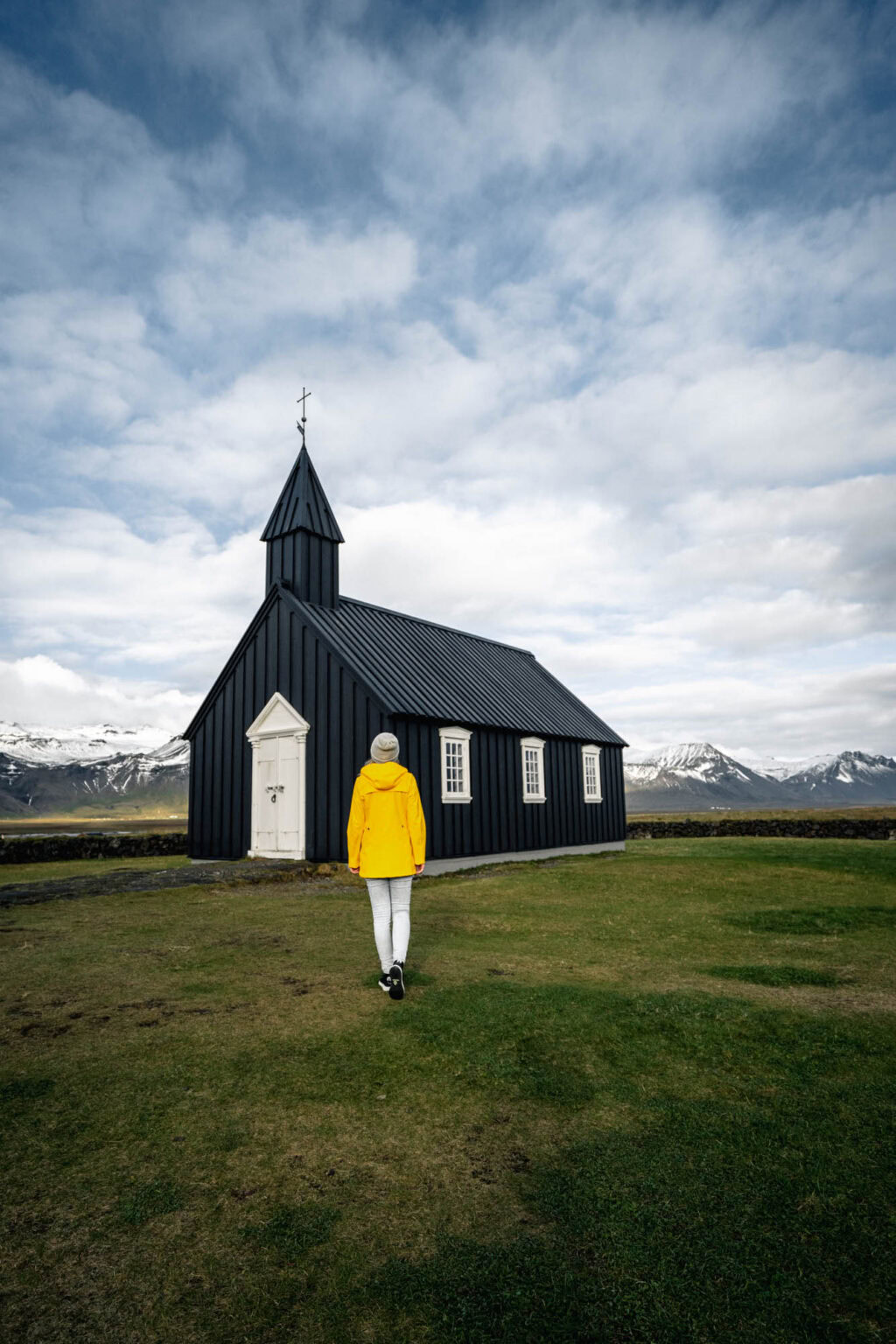Earth, water, air and fire… Iceland has it all. You’ll never get bored in this impressive country that will offer you a different scenery every single day.
Even when you’re just driving around you won’t get tired of the ever-changing landscapes of Iceland. From waterfalls and geysers to gigantic mountains, glaciers and volcanoes. But also hot water springs and a huge variety of unique animals. And we still haven’t listed everything that Iceland has to offer. We absolutely fell in love with this country and we’re sure you will too.
So what are you waiting for?

The best time to visit Iceland depends a bit on the purpose of your trip.
If you want to see the whole country and drive around the entire ring road (R1), the best months are from May to September. During these months the days are longer and weather conditions will be more pleasant, giving you the chance to explore the green landscape and to visit all the highlights in this impressive country. Remember that, like almost everywhere in the world, places are more crowded during the high season summer months of July and August.
In the winter months, the road conditions can get really bad and dangerous because of wind and snowstorms, with the result of roads being closed. Days will be much shorter and temperatures will be extremely cold. But in these months Iceland transforms into a true winter wonderland and you have more chances to see the Northern Lights.
The official currency is the Icelandic crown (KR) and you can pay by card almost anywhere. There aren’t many ATMs around the island, only in the bigger cities. So remember to bring enough cash with you just in case.
The official language in Iceland is Icelandic. But almost the entire population speaks fluent English.
It is safe to drink tap water in Iceland. 95% of the tap water comes from springs, making it some of the cleanest and purest water in the world.
Iceland is not a member of the European Union but is part of the Schengen Area. It does have a relation to the EU based on the EEA Agreement, making it easy for travelers from other EU countries to visit without a visa.
Travelers from outside EU have to check if their country has a visa-free agreement with Iceland for visa requirements.
Because Iceland has a good relation with the EU, you can enjoy the European roaming regulation. This means that if you come from another EU country, you do not need a different SIM card.
If you come from outside the EU, you must purchase a SIM. We recommend Jetpac's E-Sim!
In many public places such as restaurants and bars, you also have access to a local WiFi network.
It is not expected to tip in Iceland, but it’s always appreciated. Mostly the service charge is included, but if you liked the service and enjoyed the food you can always tip around 10% or round up the amount of the bill.
In Iceland, there are two power plug types: Type C and F. They operate on 230V supply voltage and 50Hz.
The time zone in Iceland is GMT year-round.
Fly to Iceland at the best prices! Our partners offer many airlines on their platform so you can compare what is the best option for you.
© 2024 - All Rights Reserved.
Made with ❤ by Sarah & Cédric - Coordinotes